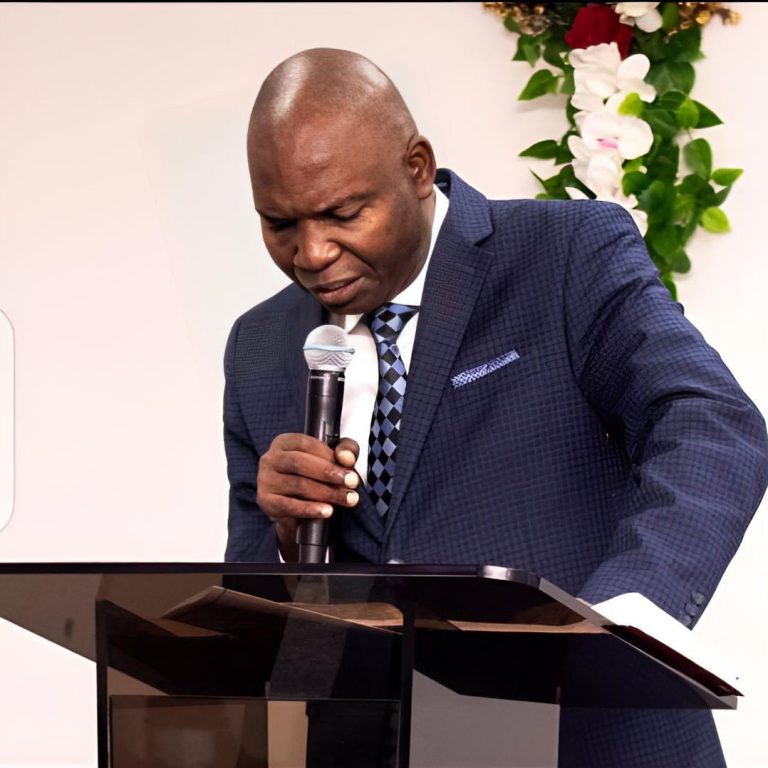Shaping Perspectives: Society and Media’s Influence on Fatherhood and Masculinity
- Meaning of Fatherhood and Masculinity
- Impacts of society and media on Fatherhood and Masculinity
Meaning of Fatherhood and Masculinity
Fatherhood refers to the state or experience of being a father, encompassing the roles, responsibilities, and relationships associated with being a parent to a child. It involves providing emotional support, guidance, and care to one’s children, contributing to their upbringing, development, and well-being.
Masculinity, on the other hand, is a social and cultural construct that defines the qualities, behaviors, and attributes traditionally associated with being male. It encompasses societal expectations and norms related to the roles and characteristics deemed appropriate or desirable for men. These expectations can include traits like strength, assertiveness, independence, and emotional resilience.
It’s important to note that both fatherhood and masculinity are dynamic concepts that evolve over time and are subject to cultural, social, and individual variations. Societal norms and expectations around fatherhood and masculinity are constantly shifting, contributing to a more nuanced and diverse understanding of these roles in contemporary contexts.
Fatherhood and masculinity are integral aspects of identity, shaped not only by personal experiences but also significantly influenced by societal norms and media representations. This article delves into the ways society and media contribute to our understanding of fatherhood and masculinity, exploring the impact on individuals, families, and societal expectations.

Impacts of society and media on Fatherhood and Masculinity
- Societal Expectations of Masculinity:
Society often imposes rigid expectations on masculinity, reinforcing traditional notions of strength, stoicism, and authority. These expectations can influence how men perceive their roles as fathers, shaping their behaviors and choices within familial contexts.
- Media Portrayals:
Media plays a pivotal role in shaping cultural norms. The portrayal of fathers in movies, TV shows, and advertisements can perpetuate stereotypes or challenge traditional norms. From the bumbling sitcom dad to the emotionally distant hero, media representations contribute to societal perceptions of fatherhood and masculinity.
- Evolution of Fatherhood in Media:
While the media has historically depicted fathers as distant figures or providers, there is a gradual shift towards more nuanced portrayals. Modern representations increasingly explore fathers as involved caregivers, breaking away from traditional stereotypes and reflecting the evolving dynamics within families.
- Impact on Father-Child Relationships:
Societal expectations and media depictions can influence father-child relationships. Men may grapple with conflicting messages, trying to balance traditional expectations with the desire for more emotionally connected parenting. Understanding these influences is crucial for fostering healthier bonds between fathers and their children.
- Role of Social Media:
Social media is a powerful force in shaping perceptions of fatherhood and masculinity. Influencers and parenting blogs contribute to a diverse narrative, challenging stereotypes and presenting a more authentic view of fatherhood. However, it also introduces new pressures and expectations.
- Breaking the Silence on Mental Health:
Societal norms around masculinity often discourage emotional expression, making it challenging for fathers to discuss their mental health openly. Media has a role in breaking this silence, portraying fathers who navigate and overcome mental health challenges, fostering a culture of openness and support.
- Diversity and Inclusivity:
The media’s representation of fatherhood should be reflective of the diversity within society. Embracing varied cultural backgrounds, family structures, and expressions of masculinity promotes inclusivity, challenging the one-size-fits-all approach to fatherhood.
- Educational Initiatives:
Society and media can collaborate to promote educational initiatives that challenge stereotypes and foster understanding. By providing platforms for diverse narratives and experiences, we can reshape societal expectations and broaden the scope of accepted expressions of fatherhood and masculinity.
Conclusion:
Our understanding of fatherhood and masculinity is complex and deeply intertwined with societal norms and media representations. By critically examining these influences, we can work towards fostering a more inclusive and supportive environment that allows individuals to embrace diverse expressions of fatherhood while challenging restrictive stereotypes. It’s time to celebrate the multiplicity of roles that fathers can play and appreciate the richness that diversity brings to our understanding of masculinity.













